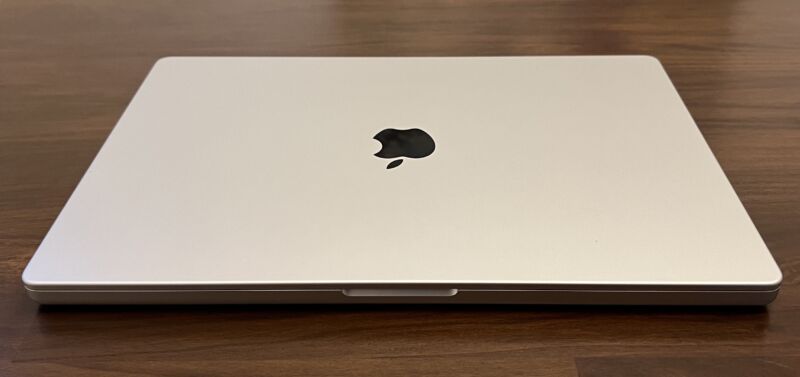MacBook self-repair program highlights Apple’s flawed repairability progress

Enlarge / The 2021 16-inch MacBook Pro. (credit: Samuel Axon)
On Tuesday, Apple expanded its self-service repair program to M1-based MacBooks. Giving customers repair manuals and the ability to buy parts and buy or rent tools for M1 MacBook Airs and M1 MacBook Pros is a far cry from the Apple of yesteryear. After a few days of availability, the MacBook self-repair program shows welcome progress, but work is still needed before Apple is considered a true right-to-repair ally.
The past few days have seen numerous right-to-repair activists critique Apple's MacBook self-repair program. Perhaps most notable is a strongly worded blog from iFixit, which said the program "manages to make MacBooks seem less repairable." While iFixit found the MacBook Air repair manual to be "in-depth, mostly logical, and well worth an additional repairability point," it was less impressed with the MacBook Pro repair manuals.
iFixit focused heavily on Apple's approach to MacBook Pro battery replacements, citing the natural degradation of lithium batteries. Apple's 13, 14, and 16-inch 2021 MacBook Pro self-repair manuals say that to replace the battery, you need to remove far more than just the battery. The manuals instruct users to remove the entire top case, bottom case, battery management unit, flex cable, lid angle sensor, the trackpad and its flex cable, the vent/antenna module, the logic board, display hinge covers, the display, the laptop's audio board, fans, the MagSafe 3 board, as well as the USB-C boards and Touch ID board.